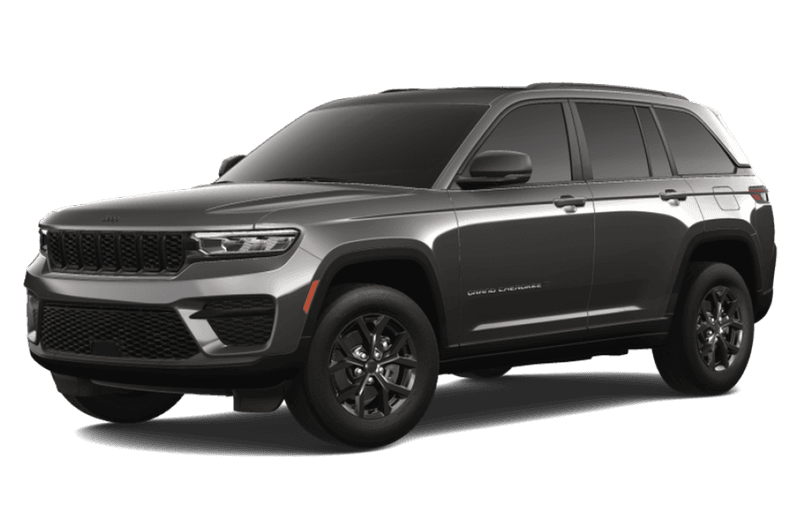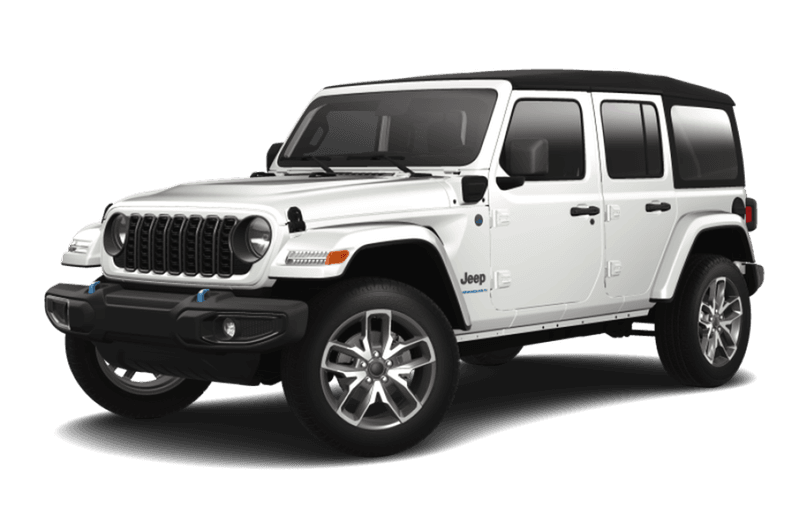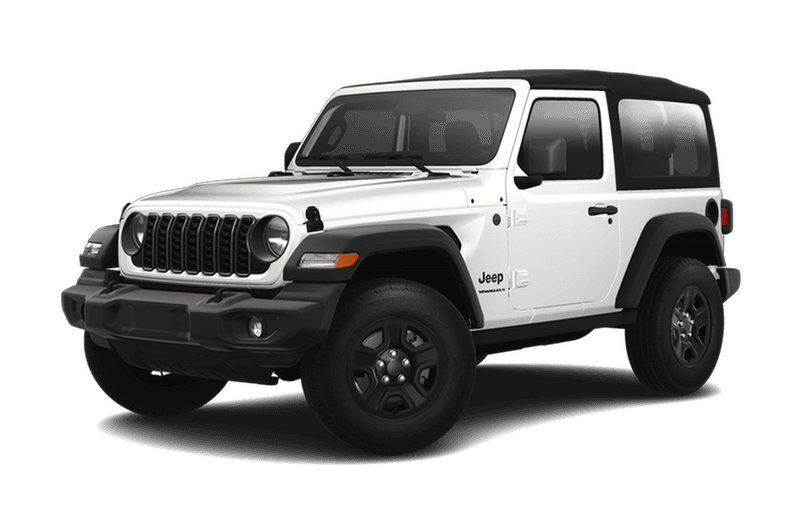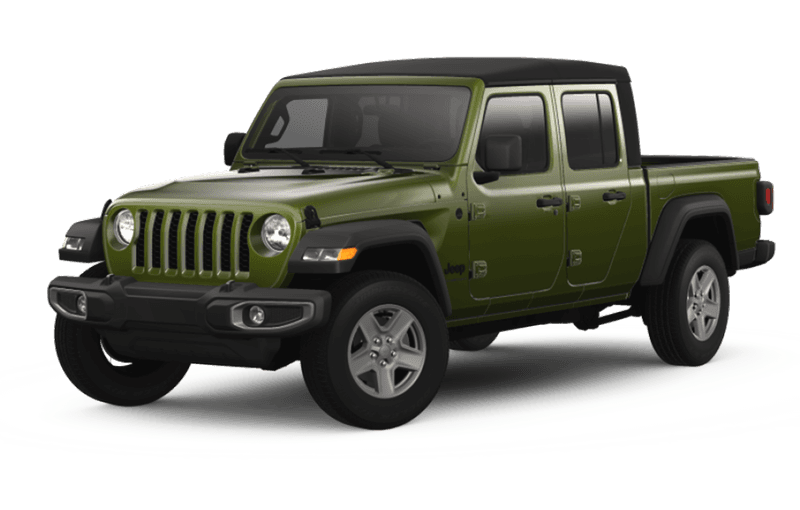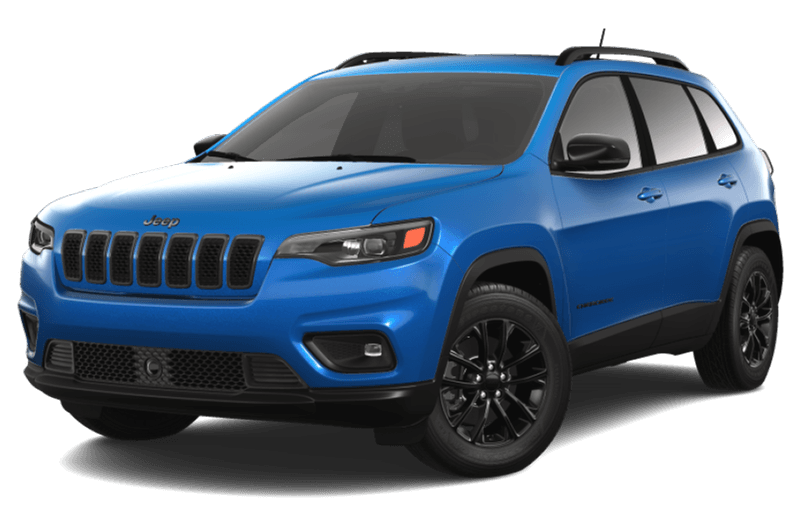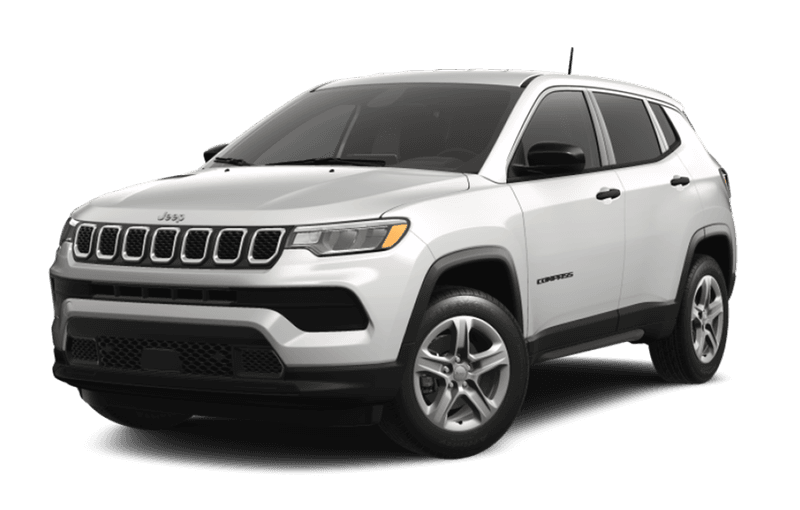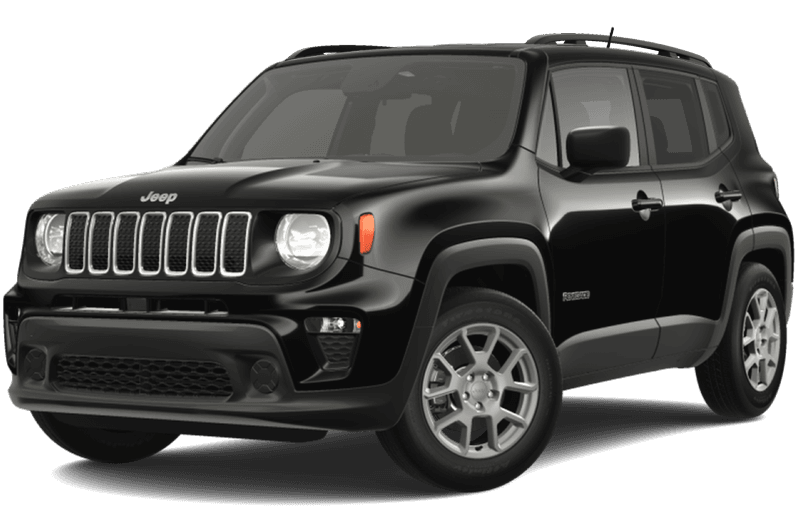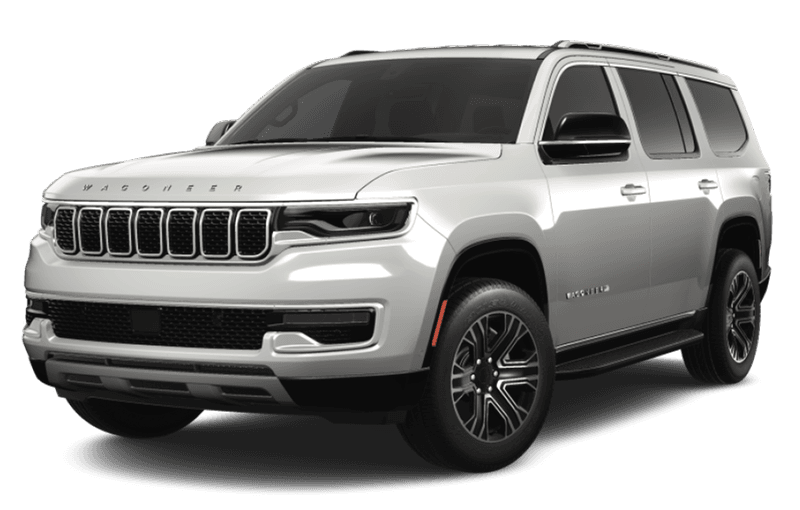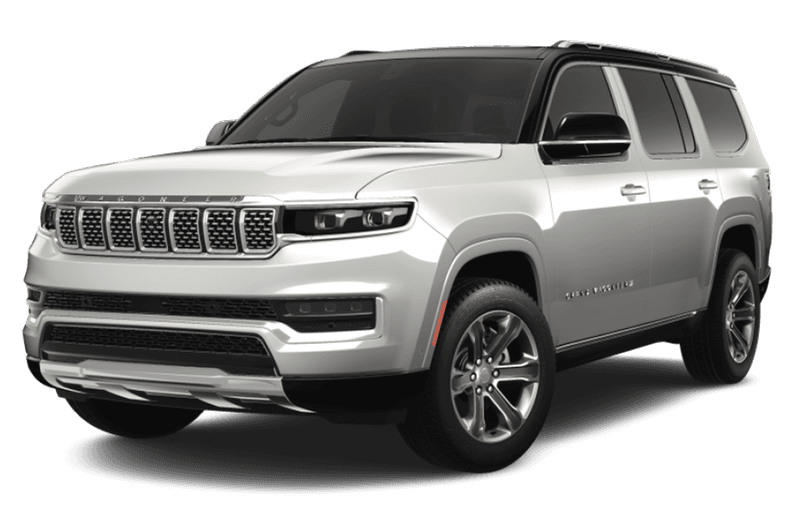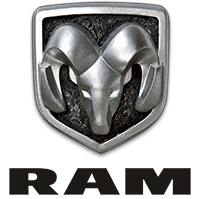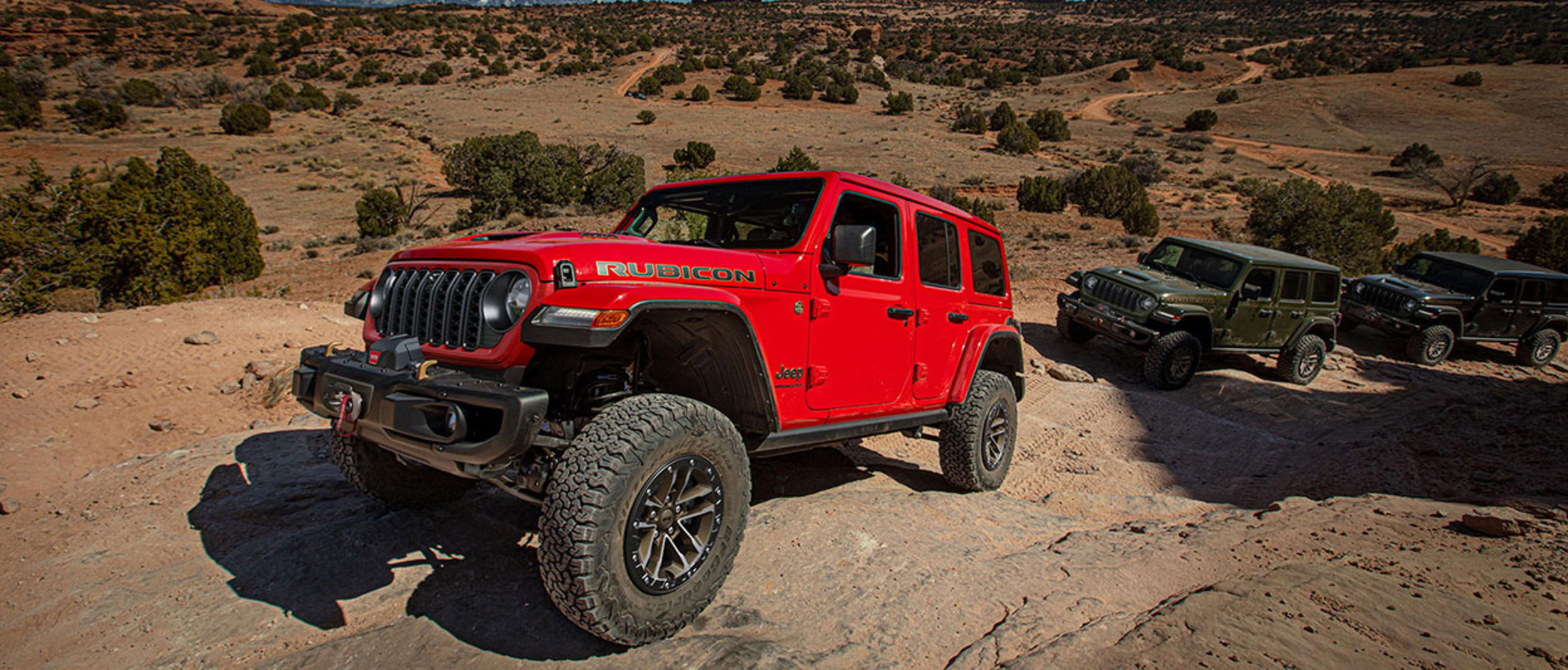Approach Angle
Starting from level ground, this is the degree of slope a vehicle can approach without scraping or hitting the front undercarriage. It's a great indication of the ability to navigate severe off-road terrain like boulders and logs. A short front overhang produces high angles of approach, thus increasing off-road ability.
Articulation
A Trail Rated® suspension is limber like a gymnast. How, exactly? Flexibility is the key to good articulation. The more a wheel can travel, or flex, the better it can maintain contact with the ground and provide the traction needed to cross an array of obstacles.
Axle Articulation
The ability of one axle to move relative to the chassis. It is the measure of the ease with which tires stay in contact with the ground (and retain traction) on very uneven terrain.
Axle Differential
An axle differential is a gear system located in the centre housing of an axle assembly designed to allow the wheels to rotate at different speeds during cornering.
Axle
A shaft that connects the front and/or rear wheels together. The suspension components attach to the axle and to the vehicle’s body frame.
Brake Traction Control System
Transfers torque from one wheel to another on the same axle when wheel slip conditions are detected.
Breakover Angle
This off-road term refers to the degree of slope that defines the largest ramp or hill that a vehicle can travel over without scraping against the frame or underbody components.
Centre Differential – Geared
A gear system located inside the transfer case of full-time 4x4 vehicles. It is used to distribute drive torque to the front and rear driveshafts and allows the front and rear wheels to rotate at different speeds during cornering.
Clutch Plates
A series of alternating steel plates within the transfer case of many on-demand or automatic 4x4 systems. One set of plates is splined to the clutch assembly hub of the rear driveshaft; the other set is splined to the clutch drum attached to the front driveshaft. The clutch housing is usually filled with a viscous, silicone-type fluid that clings to the discs to help transfer torque to the driveshaft. The engagement of clutch plates can also be controlled electronically.
Coil Springs
A coil of flexible metal that can be compressed or stretched along its centreline axis without permanent deformation. Coil springs support the weight of the vehicle while allowing the wheels to travel up and down over bumps.
Crawl Ratio
Essential for serious off-road treks involving steep hill climbs and descents, this is the final drive ratio of a vehicle in low range. It allows Jeep® vehicles to creep along (without depressing the accelerator) at very low speeds. Essentially, the vehicle does all the work. Except with Freedom Drive II® crawl ratio is determined by this formula: first gear ratio x rear axle ratio x low-range 4-wheel-drive ratio. The higher the number, the better the off-road capabilities.
Crow Hop
Vehicle shudder and tire scuffing due to a binding condition in the driveline, which is usually caused by operating in basic 4-wheel-drive or part-time 4-wheel-drive modes on dry pavement.
Departure Angle
When returning to level ground from a descent, this angle indicates the degree of a slope from which a vehicle can depart without scraping or hitting the rear undercarriage.
Differential
A gear system that transmits torque to the drive wheels, while also allowing the wheels to rotate at different speeds when cornering. Vehicles with 4-wheel drive have differentials in both the front and rear axles.
Driveshaft
Shaft connecting the transmission output shaft to the differential drive pinion shaft. Vehicles with 4-wheel drive add a second driveshaft from the transfer case to the front differential.
Electronically Controlled Coupling
Manages the torque split from front to rear with no active driver input needed, for smooth and automatic performance. It responds to throttle position or to front wheel slippage.
Fixed Yoke Output Assembly
Effectively handles the extra output from the transfer case and helps to ensure smooth and durable driveline operation.
Four-Wheel Drive
A drivetrain that utilizes a transfer case or Electronically Controlled Coupling to distribute engine power between the front and rear axles in order to drive all 4 wheels. Full-time 4-wheel-drive systems utilize a centre differential, which enables the front and rear driveshafts to turn at different speeds, thereby allowing engagement on dry pavement for normal driving conditions. A part-time system does not employ a centre differential and, during normal driving conditions, must operate only in 2-wheel drive. With a part-time system, the 4-wheel-drive mode is to be used only when off-roading or on wet or slippery surfaces.
Front Axle Disconnect
A mechanical or vacuum‑operated component used primarily on 4x4 models to connect and disconnect drive torque to the front axle. When shifting from 4‑wheel drive to 2‑wheel drive, this system disengages the front axle from the front driveline so that the front wheels aren't turning the front driveline unnecessarily. This reduces unnecessary front driveline wear, noise and fuel consumption.
Ground Clearance
Don't drag your belly through the mud – just clear nasty logs, rocks and uneven ground without sustaining undercarriage damage. Jeep® Trail Rated® 4x4 vehicles feature optimized approach, departure and breakover angles to keep you in the clear.
High-Range
A 4WD mode used for on-road or light off-road use.
Hill Descent Control
This system uses the ABS braking to control the car's motion downhill. It also allows a smooth and controlled hill descent in rough terrain without the driver needing to touch the brake pedal. If the vehicle accelerates without driver input, the system will automatically apply the brakes to slow down to the desired vehicle speed.
Jounce/Rebound
The motion of a wheel that compresses its suspension. If a wheel is at full jounce, it is at the upper limit of its travel. The opposite of jounce is rebound, or wheel movement that decompresses a vehicle's suspension.
Limited-Slip Differential
Provides the same basic functions as an axle differential, but with an added advantage: when the drive wheel begins spinning as a result of being on a slippery surface, a limited-slip differential automatically transfers torque to the opposite wheel to help improve traction.
Locking Differential
Provides even more traction than a limited-slip differential in tough conditions by locking the axle shafts together. Locking differentials do not allow for wheel-speed differences and must not be used on dry, paved roads.
Low Crawl Speed
The crawl ratio is the lowest gear ratio in a vehicle and is determined by multiplying the first gear ratio by the low-range ratio by the axle ratio.
Low Range
A 4WD mode used for severe off-road conditions.
Manoeuvrability
Athletic. Agile. Trail Rated®. Jeep® 4x4 vehicles have the footwork to navigate narrow gaps, dodge emergency situations and avoid cosmetic damage to underbody sills, thanks to precision steering and optimized wheelbases.
Neutral
When the shifter is in this position, the front and rear axles spin freely. Sometimes used for towing a Jeep® vehicle behind another vehicle (such as a motor home), so that uncoupling the driveshafts is not required. Also used in the process of shifting into 4WD LOW.
Open-Centre Differential
Located in the transfer case on some full-time 4x4 vehicles, this component works in the same way as an open differential in the axles but is of a more compact design. This component employs a planetary gearset, with planetary gears that revolve around the sun gear and inside the ring gear.
Power-Robbing Friction
Surface resistance to relative motion, as of a body sliding or rolling.
Running Ground Clearance
The distance from the ground to the lowest point between the axles.
Shift-on-the-Fly
The ability to shift from 2-wheel drive to 4-wheel drive while the vehicle is moving.
Skid Plate
Helps protect the undercarriage from damage when driving off-road.
Solid Axle/Coil Springs
Ideal off-road equipment. Instead of each wheel on an axle being sprung separately (like independent suspension designs), a solid axle connects the suspension of 2 wheels. Coil springs then support the vehicle's weight and allow the wheels to travel up and down over terrain.
Suspension Travel
From full jounce to full rebound, this is the amount of vertical wheel movement allowed by the suspension.
Tow Hooks
Heavy-duty forged steel hooks, in the front and rear of a vehicle, that provide attachment points for snatch-em straps and winch cables should you get stuck.
Traction
Traction in 4x4 is equivalent to grip on asphalt. Trail Rated® traction helps you stay in control on untamed terrain, in slippery (wet, mud, snow) conditions, and on steep grades.
Transfer Case
Mounted behind and driven by the transmission on most 4x4 vehicles, the transfer case transmits power to the front and rear driveshafts in 4x4 Jeep® vehicles and offers high and low range. The Compass 4x4 use an Electronically Controlled Coupling instead of a traditional transfer case.
Transmission
A mechanism that transfers torque into usable driving power, usually through the use of gearsets. These gearsets multiply engine torque in varying amounts to meet specific driving demands. An exception is a Continuously Variable Transmission (CVT), available on Compass and Patriot, which instead operates by varying the working diameters of 2 pulleys, transmitting torque by means of an immensely strong, steel-segmented push-belt.
Two-Wheel Drive
When the shifter is in this position, the front axle spins freely while power is sent to the rear axle and wheels, which then drive the vehicle.
Viscous Coupling
A speed-sensitive device located in the transfer case that transmits drive torque between the front and rear driveshafts when wheel slip occurs. Viscous couplings are typically used on all-wheel-drive vehicles and vehicles with automatic and on-demand 4x4 systems.


